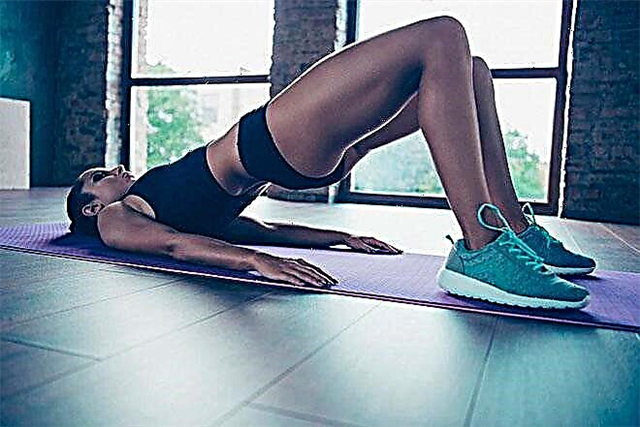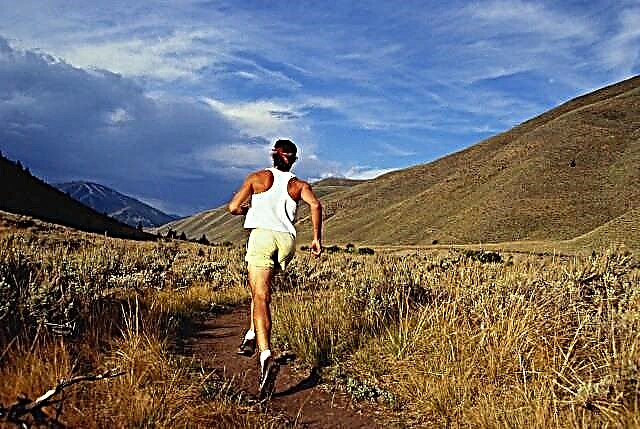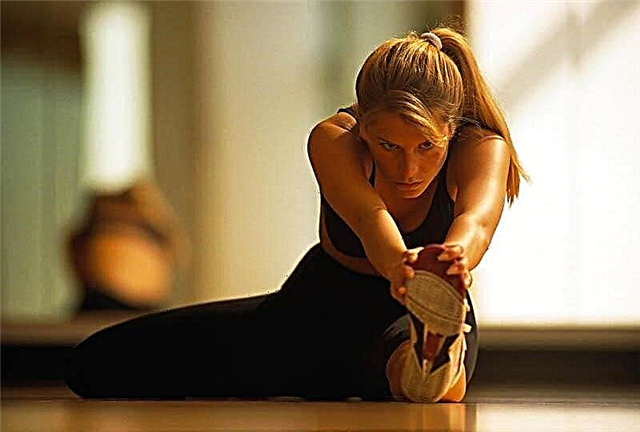In any active sport, injuries are part of the training process. However, if for professionals injuries are inevitable due to the colossal overload of the body. For amateurs, the risk of injury can be practically eliminated by performing a series of actions during and before running.

Beware of tight muscles
We often have to face the fact that amateur beginners running does not pay attention to the state of their body. This primarily concerns the muscles.
The greatest risk of injury while running occurs when a person starts running with their leg muscles already clamped. It can be both the calf muscles and the thigh muscles.
Therefore, always make sure that the muscles are not stiff at rest. To do this, you can simply touch the muscle, and it will immediately become clear whether it is rigid or not in comparison with others.

If you understand that the muscle is "wooden", then follow a series of procedures to relax it:
- Contrast shower for feet. It helps to relax the muscles.
- Foot massage. You do not need to have the skills of a massage therapist to just stretch a tight muscle.

- Warming ointments. Especially useful when there is little time left before the run and the muscle is still tight.
Of course, this does not mean that you cannot run with tight muscles. But the risk of injury in this case rises to the maximum.
Use correct foot placement technique
It is very important to place your foot correctly when running. Improper positioning of the foot can cause dislocation of the foot, knee injuries, damage to the Achilles tendon, and even concussion. For more information on how to place a foot while running, read the article: How to place your foot when running.

Warm up
I'll make a reservation right away that easy slow running does not require a thorough warm-up, since it is essentially a warm-up itself. And if you are running a cross, say, 10 km at a slow pace, then the first 2 km you warm up your legs and warm up your body. Therefore, at a pace longer than 7 minutes per kilometer, it makes no sense to warm up.

But if you run faster, then warming up and warming up the muscles is a must, since non-flexed muscles are most susceptible to injury. The warm-up can be complete, or you can limit yourself only to stretching the legs. It's up to you to decide, but it is imperative to warm up if you run faster than 7 minutes per kilometer.
Read more about what a warm-up before running should be in the article: warm-up before training
Avoid uneven road sections
Running on rocky soil or a road dug by tractors can cause dislocations and falls. Unfortunately, when running on such sections of the road, it is impossible to find the perfect running technique to eliminate the risk of injury. Therefore, either avoid such areas or run on them at your own risk.

Read more about the features of running on different surfaces in the article: where can you run.
The right shoes
The shoe factor when running is very important. Improperly fitted shoes can itself cause injury. Calluses, broken nails, as well as the lack of cushioning in the sole, which threatens injuries to the periosteum and knees, suggest that running shoes must be chosen carefully.

If we talk about the main features of running shoes, then for an amateur there are 2 main determinants that you need to pay attention to when choosing:
- Sole cushioning. When choosing a sneaker, make sure that the sole is not thin, and there is a small notch in the middle of the sneaker, which creates additional cushioning. Therefore, it is strongly discouraged to run in sneakers or shoes that were not originally intended for running, such as shoes or sandals.
- Ease. Of course, few people go to the store with weights, and on sneakers, the weight is written extremely rarely, but all the same, you can determine by sensations whether it is a light sneaker or not. Ideal for the amateur - the weight of one shoe is 200 - 220 grams. Lighter options are either too expensive or substandard.
It is also recommended to buy sneakers with laces as they are easier to adjust to fit your foot.

In general, we can say that amateurs can run without injuries. But for this one must not forget about any of the points described above. Unfortunately, in practice it often turns out that this is far from always possible. Either the position of the foot is wrong, then you have to run on stones, and sometimes there is simply no way to buy normal running shoes. This is why injuries occur.
To improve your results in running at medium and long distances, you need to know the basics of running, such as correct breathing, technique, warm-up, the ability to make the correct eyeliner for the day of the competition, do the correct strength work for running and others. Therefore, I recommend that you familiarize yourself with the unique video tutorials on these and other topics from the author of the site scfoton.ru, where you are now. For readers of the site, video tutorials are completely free. To get them, just subscribe to the newsletter, and in a few seconds you will receive the first lesson in a series on the basics of proper breathing while running. Subscribe here: Running video tutorials ... These lessons have already helped thousands of people and will help you too.









